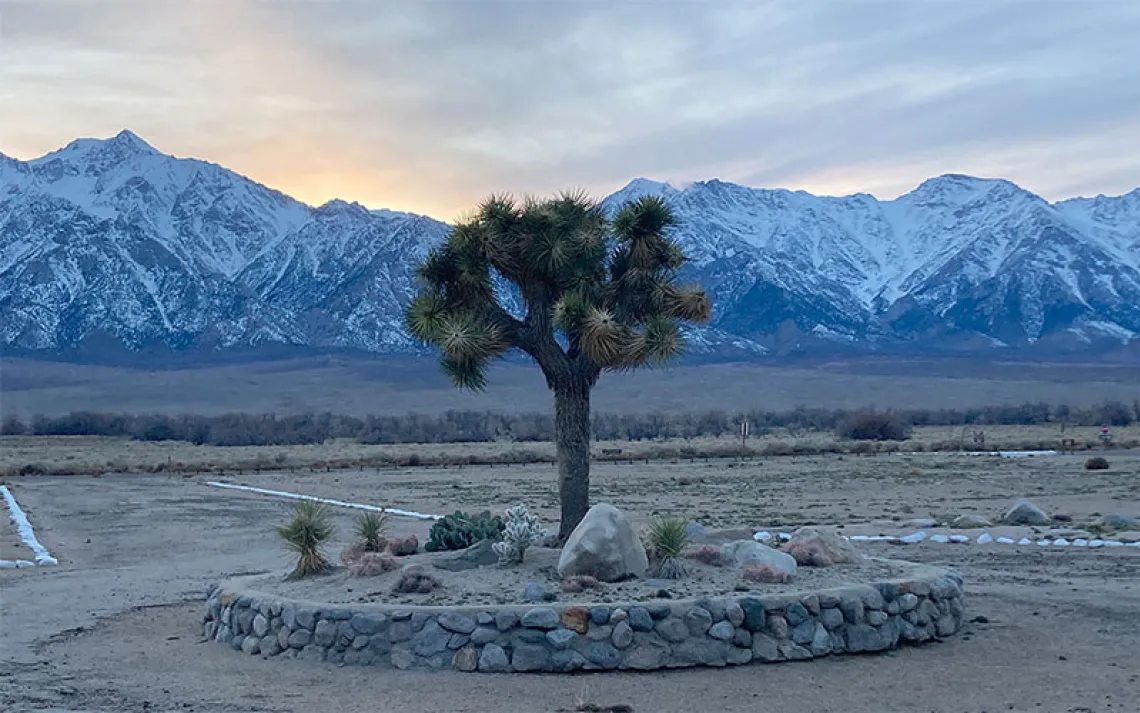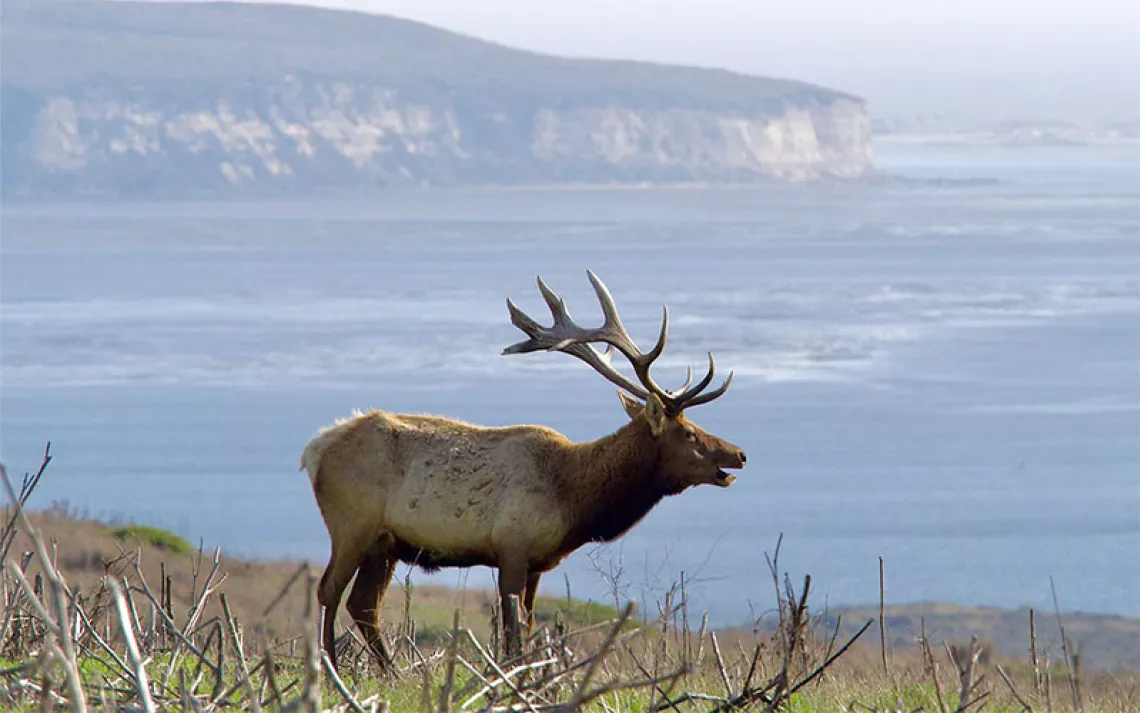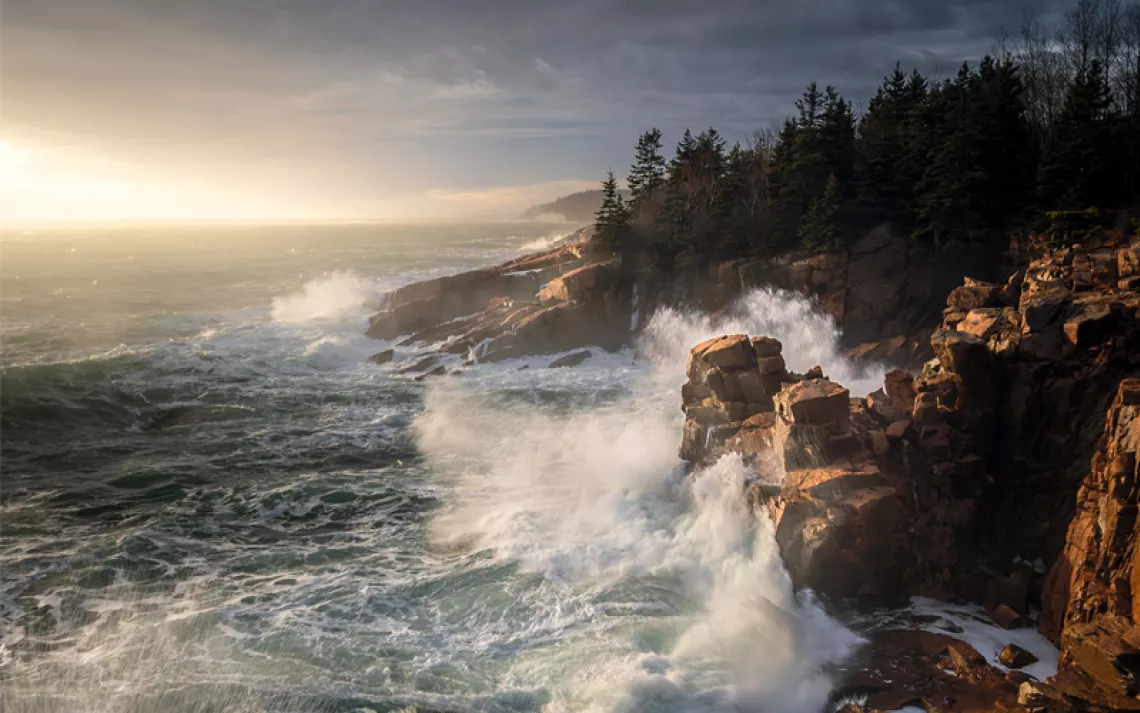8 Great Places to Camp Before You Die
Outdoor experts share the world's greatest destinations
Photos and text taken from Chris Santella's new book, Fifty Places to Camp Before You Die (Stewart, Tabori and Chang, 2016)
♦
At no time in history have human beings been so far removed from the natural world. In America alone, nearly 81 percent of the population now lives in an urban area. It’s no wonder that many of us suffer from what writer Richard Louv termed “nature deficit disorder” in his 2005 book, Last Child in the Woods.
Camping provides an opportunity to take on nature deficit disorder directly. To retreat from the trials of day-to-day life to a simpler existence. To refuel and reinvigorate amongst the wonders of nature, be it at the seashore, in the mountains, or in the desert.
I wrote Fifty Places to Camp Before You Die for those who appreciate the chance to experience the great outdoors with family, with friends . . . or all by themselves.
 The Magazine of The Sierra Club
The Magazine of The Sierra Club











